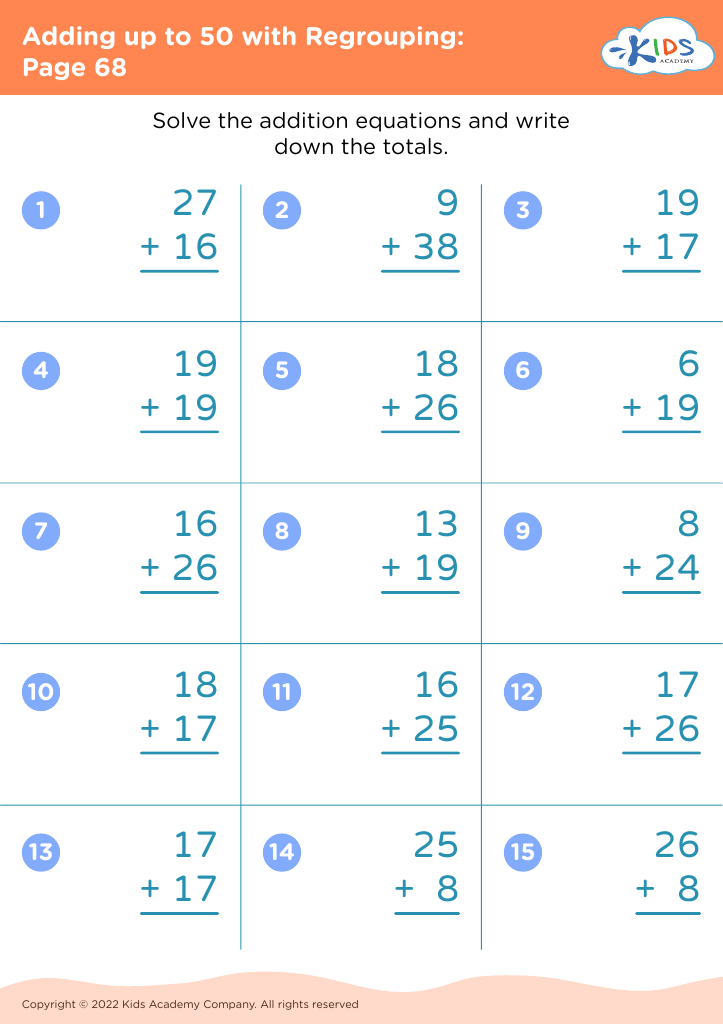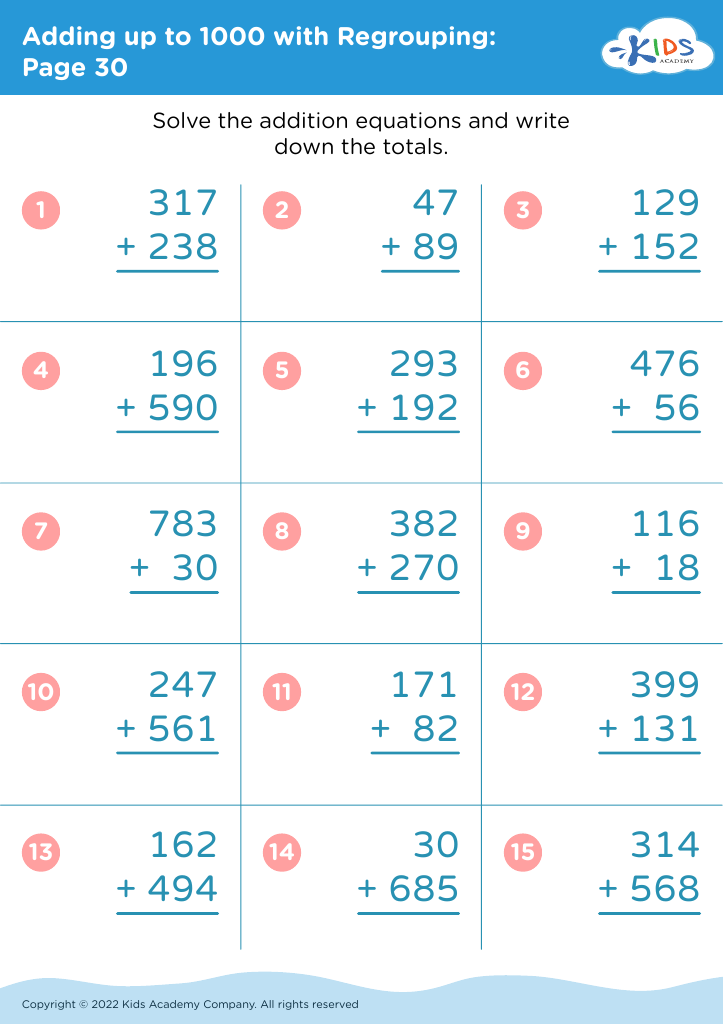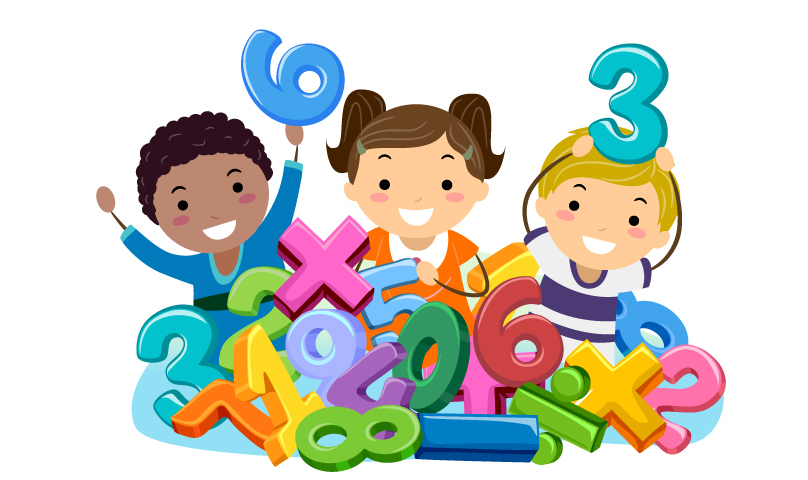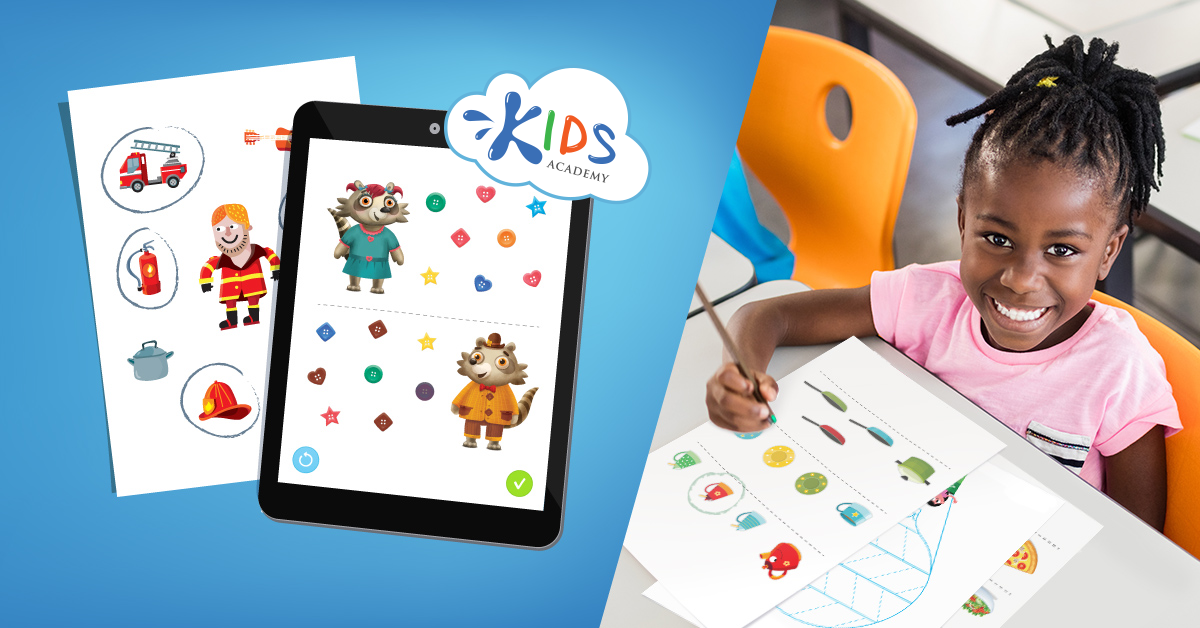Understanding seasons Addition Worksheets for 7-Year-Olds
3 filtered results
-
From - To
Enhance your 7-year-old's math skills with our engaging "Understanding Seasons Addition Worksheets." Designed to make learning fun, these worksheets incorporate seasonal themes that captivate young learners. Children will practice addition through colorful visuals of spring flowers, summer activities, fall leaves, and winter holidays, making math relatable and exciting. Each worksheet fosters critical thinking and reinforces number recognition and problem-solving in a playful context. Perfect for classroom or home use, these worksheets support foundational math skills while sparking curiosity about the changing seasons. Start your child's math journey today with our delightful seasonal challenges!
Understanding seasons is crucial for 7-year-olds as it intertwines with numerous areas of learning and personal development. For parents and teachers, teaching children about the seasons fosters a connection to nature, enhancing their observational skills and curiosity about the world. This knowledge not only explains the weather patterns but also introduces children to the concepts of cycles and change, helping them develop critical thinking skills.
Moreover, learning about seasons can support various subjects, such as science—in understanding ecosystems, and geography—through the study of climate. It also serves as a gateway to activities like seasonal crafts, games, or nature walks, making learning interactive and enjoyable. Additionally, recognizing seasonal changes can help children appreciate cultural celebrations throughout the year tied to specific seasons, enriching their social studies perspective.
Moreover, teaching addition through seasonal themes can make math more relatable and fun. For instance, students can add seasonal objects, like counting snowflakes in winter or flowers in spring, turning abstract mathematics into tangible learning experiences. Consequently, parents and teachers should value seasonal understanding as it blends knowledge, creativity, and essential life skills in a holistic educational approach, enhancing children's engagement and fostering a love for learning.




















